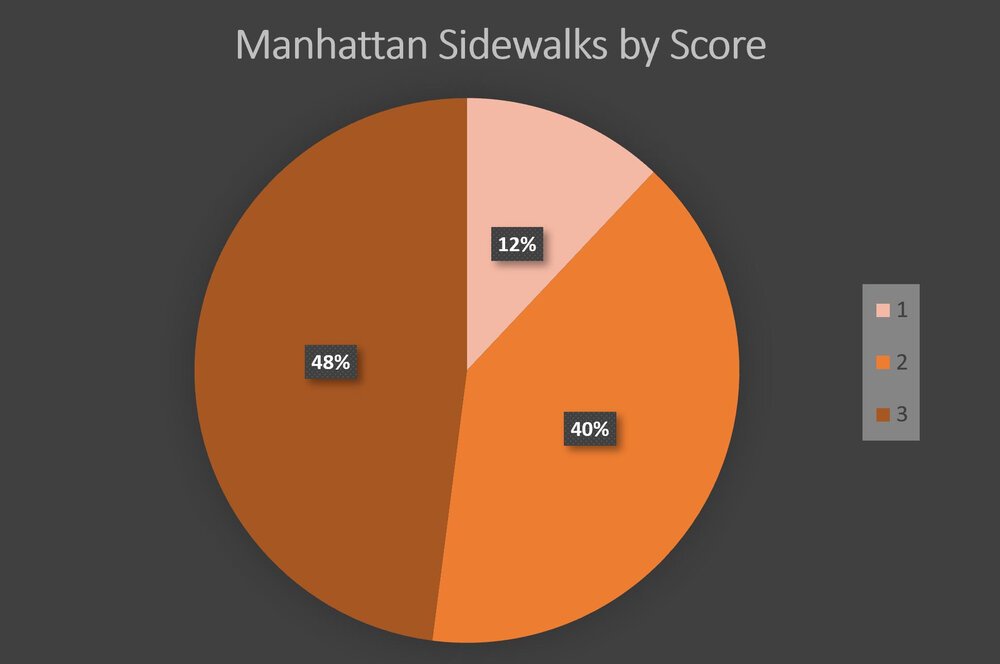A Review You’ll Want to Read
A life full of choices and a world full of decisions can be a bit overwhelming. Reviews provide some simple guidance to help ease that process. Reviews have become an everyday tool for both people who read them and for the businesses and goods they are written about. They help consumers make informed decisions and help provide feedback for companies to improve. Restaurants, beauty products, movies, hotels, and now… sidewalks?
Yes, sidewalks! Those concrete pedestrian corridors, elevated and separated from the roadway by a curbstone, with widths ranging from 5 to 20 feet. For many they are right outside your front door. We’re all too familiar and we all have relied on them at some point or another to get from point A to point B. I’m here to tell you sidewalks are the next big thing… to review! Think about it. Who doesn’t love a nice walk on a beautiful day? Wind blowing through your hair, birds chirping, sidewalks treelined with finely appointed benches and flower beds. How serene. A much prettier picture than unshaded, trash piled corridors and stretched cracked pavement. When it comes to walking, some sidewalks deserve higher reviews than others. That’s where Walkspan comes in.
Walkspan takes into account over 200 visual elements that add to one’s sense of wellness while walking. Our patented AI algorithm for rating and mapping sidewalks helps identify the good from the not so good. By good, we mean those sidewalks with numerous features and elements that enhance the experience of walking. Ten walkability constructs are measured: natural and manmade features, sidewalk and frontage utilities, safety, comfort, access, vibrance, interest, legibility and social equity. Scores of 3, 2 and 1 are assigned depending on the absence and presence of those features. A score of 3 (a rave review) suggests high presence of walkability features along a particular blockface, a 5 or 10 minute walk, or an entire neighborhood.
Here’s why we think rating sidewalks is the next Yelp:
For the average pedestrian, rating sidewalks can add value to navigation apps. A scorching hot summer day in the city under the sun does not make for a happy walker. But Walkspan’s data on tree coverage for example can help route an individual to a tree shaded corridor and provide the once unhappy walker the joyful, comfortable feeling of coolness under a green canopy.
Walkability powers real estate. There is growing evidence to show real estate income to increase by up to 23% when a property is within a walkable neighborhood. Neighborhood walkability is important among millennials (aka the walking generation) and baby boomers (aka empty nesters). Walkspan’s scoring system displays walkability and nearby lifestyle essentials at a single glance.
No one wants a bad review, and smart city planning with failed walkability is just not smart. It has been, and will continue to be, a real challenge for city planners to comprehensively and efficiently address walkability and the public realm. The future of cities will display many beautiful, high tech and energy efficient buildings. What we need to ensure is that the network of sidewalks that connect them are aesthetically sustainable. Walkspan’s comprehensive rating will pinpoint less-desirable sidewalks and will expedite rehabilitation.
In a world full of decisions and destinations, let Walkspan’s sidewalk ratings be your tool for making informed walking, real estate, and city planning choices. Explore the following graphics on the sidewalk ratings of Manhattan to get an idea of what exactly Walkspan has to offer.




